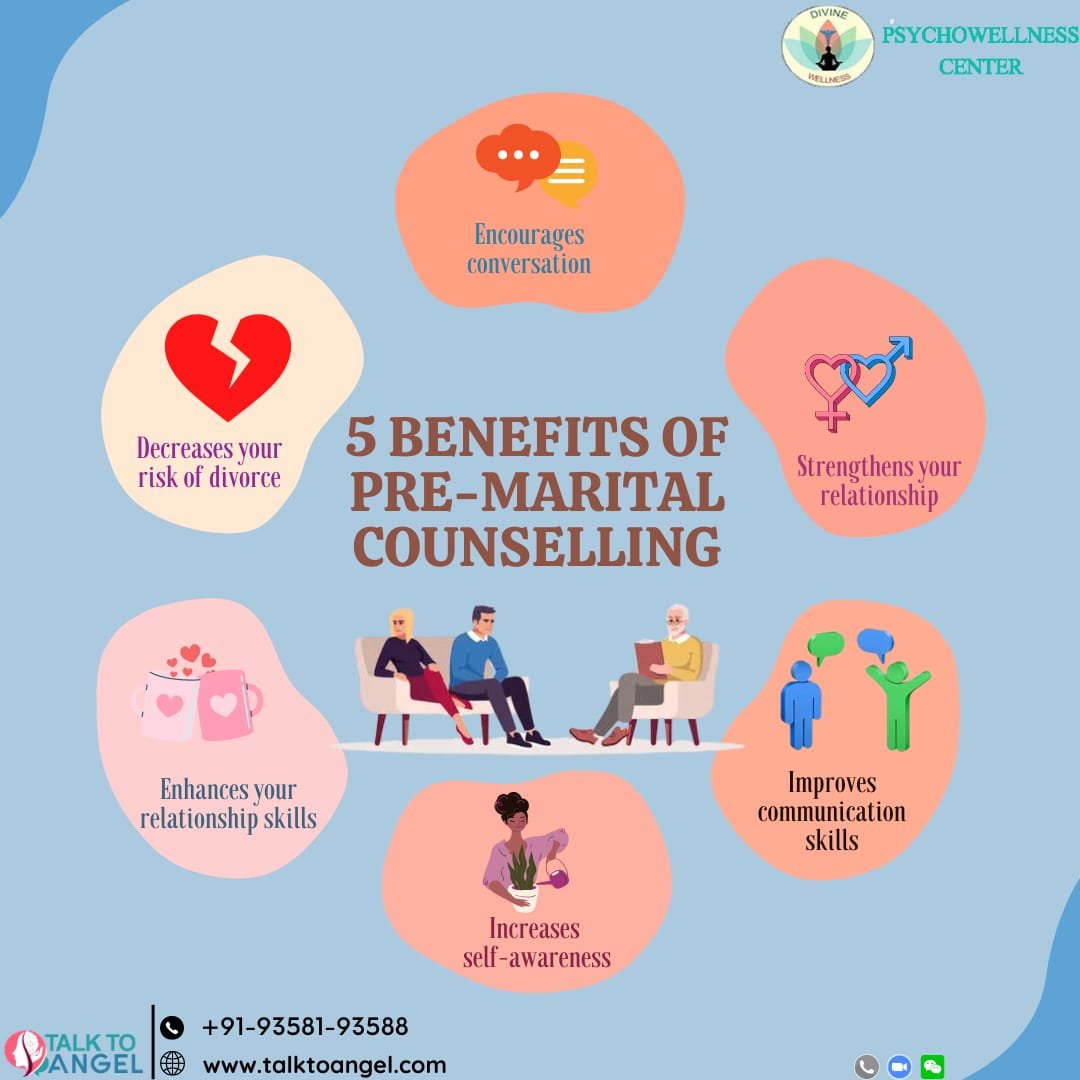The Aim Point Counseling Statements
The Aim Point Counseling Statements
Blog Article
Aim Point Counseling for Beginners
Table of ContentsAim Point Counseling Can Be Fun For EveryoneLittle Known Facts About Aim Point Counseling.4 Simple Techniques For Aim Point CounselingWhat Does Aim Point Counseling Do?Getting The Aim Point Counseling To WorkThe Greatest Guide To Aim Point Counseling
The longitudinal style involves a pre-treatment study and 2 follow-up studies at 3- and 12-months post-intervention. The study is embeded in eight Relationships Australia Victoria centres, throughout city, external suburban areas, and regional/rural sites. Relationships Australia, a non-government organisation, is the largest service provider of pair coaching and partnership services in Australia.
In Australia, the mean length of marriage prior to splitting up is 8.8 years, and approximately half of all separations include couples with youngsters [1] These high prices of connection breakdown have been continually connected with unfavorable health effects for both grownups and kids following divorce/separation. These include seclusion from assistance networks, and lowered earnings and criterion of living for both grownups and children [3], problems of commitment over children for men, and anxiety and loss of identification for women [4,5]
See This Report on Aim Point Counseling
Longitudinal studies additionally recommend that kids of divorce have a greater occurrence of emotional disorders, medication and alcohol usage, and high-risk sex-related practices [7] Although the impacts of separation and separation can be harmful, study shows that high relationship discord in undamaged pairs is additionally likely to have negative end results.
Variables that affect the outcomes of these solutions need extensive examination. Research study to day has identified both pair and private factors that might add to connection dissonance. These include relationship fulfillment and dedication at the pair degree, and depression at the individual level. Robust research to assess relationship-enhancing interventions in the area are scarce.
Some Known Incorrect Statements About Aim Point Counseling
While the majority of research studies indicate renovations in relationship complete satisfaction adhering to pair therapy, they are restricted by the examples and measures used, mainly short-term follow-up time frameworks, and evaluations that do not account for the dyadic nature of couple information., is one more typically investigated connection outcome.
To summarise, research study suggests that couple-specific variables along with individual elements might predict the outcomes of couple coaching and relationship services. The causal direction of these relationships, nonetheless, is much less clear. These monitorings are essential, considering that, to validate and lead the application of partnership solutions such as couple counselling, empirical proof has to discover both the results of partnership services and the aspects that predict successful therapy.
Therefore, there is an expanding consensus that effectiveness research studies ought to be enhanced by effectiveness study to best educate professional method [ 29] The restricted efficiency study that exists to date recommends that couple therapy can enhance outcomes such as relationship fulfillment [33,43], communication skills and basic wellness [44], a minimum of in some European nations.

We presently know little about the accounts of pairs that look for out relationship education and learning contrasted with those that look for relationship coaching, or the outcomes of these programs. Unscientific proof suggests that there may be substantial distress amongst at the very least some pairs looking for connection education.
The Only Guide for Aim Point Counseling
Feedback includes individuals finishing sets of questions concerning their connection (e.g. steps of social issues), and getting info on what their ratings indicate. Cognitive-behavioural techniques advertise changing cognitions to promote positive relationships.
These meta-analyses highlight constraints in the current literary works on connection education. This example account may not stand for clients who commonly present for relationship education.
The Only Guide for Aim Point Counseling

Really little research study has analyzed the relative advantages of pair therapy and relationship education programs. As customers are most likely to self-select into these solution types, it is not clear whether characteristic partnership distress profiles present to each solution kind, or without a doubt whether there is a communication in between offering account, solution type and outcome.
(https://writeablog.net/a1mpoint/aim-point-counseling-unraveling-lifes-knots-finding-your-true-direction)
Thus, we have actually included a 12-month follow-up to gauge longer-term trends and impacts.
We suggest to use multi-level analytical modelling procedures that regulate for the inter-dependence of pair data to assess any type of therapy impacts. The certain goals of the ECC research study are to: 1. Map profiles of customers looking for community agency-based couple coaching vs. relationship improvement programs in regards to socio-demographic and connection signs (such as partnership complete satisfaction, partnership dedication, social issues, and reasons for participating in), along with health and wellness (such as clinical depression, general wellbeing) and wellness solution use (eg.
2. Establish whether couple counselling and connection education services improve three- and twelve-month outcomes for partnership satisfaction, commitment, and clinical depression, using analytical analyses appropriate to combine data. 3. Determine the family member payments of customer variables (specific and couple) and therapy/education aspects to results at 3- and 12-months, and to sustainability of end results in time.
Our Aim Point Counseling PDFs
Multi-level modelling to figure out pre-post differences, controlling for dyadic (couple) degree. To contribute to the literary works analyzing the effectiveness of community-based visit the site pair therapy. The results will aid clinical decision-making in community-based relationship service setups, and specialist training. 3. To figure out the family member contributions of client/couple and therapy variables to outcomes at 3- and 12-months, and to sustainability of end results with time.
Report this page